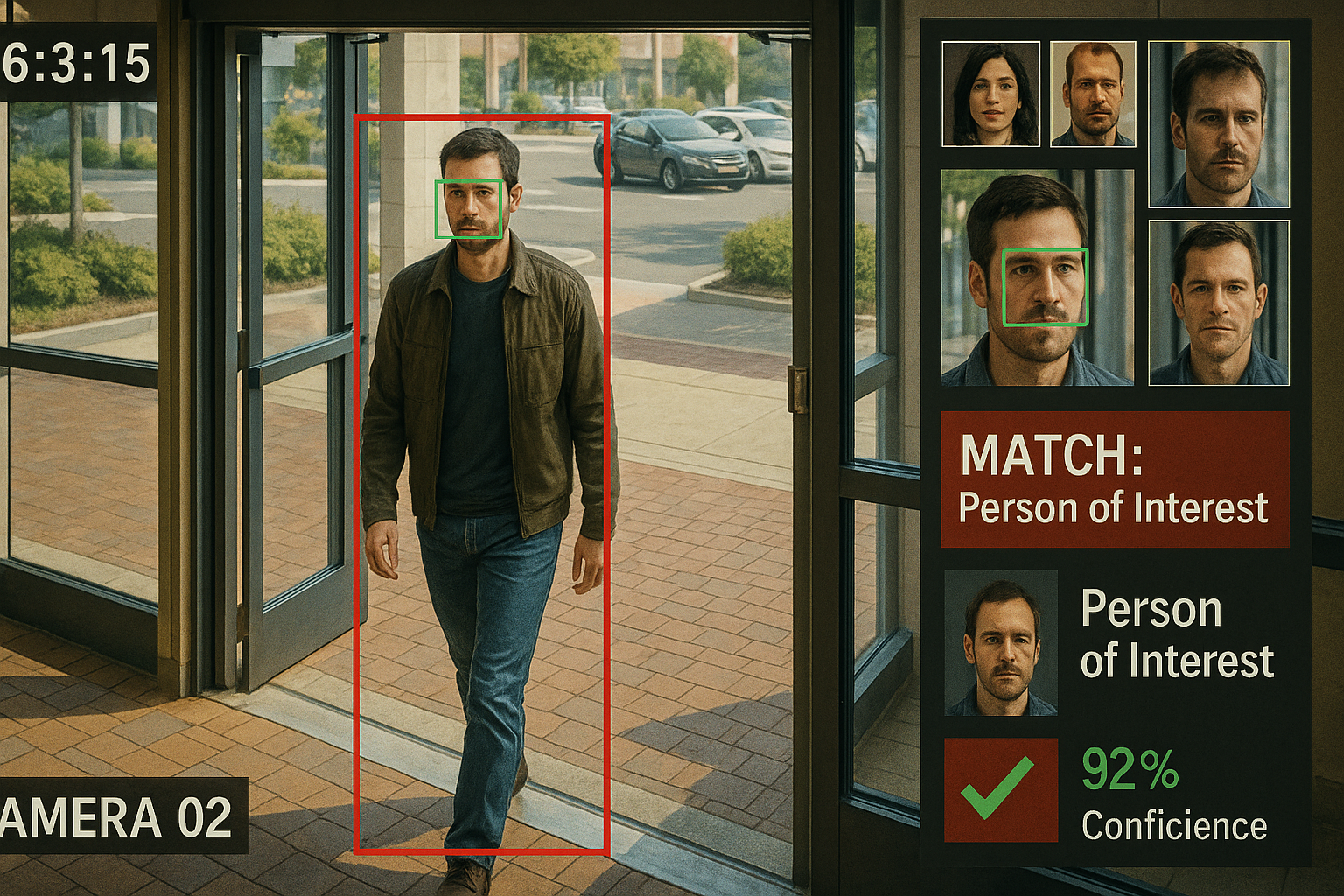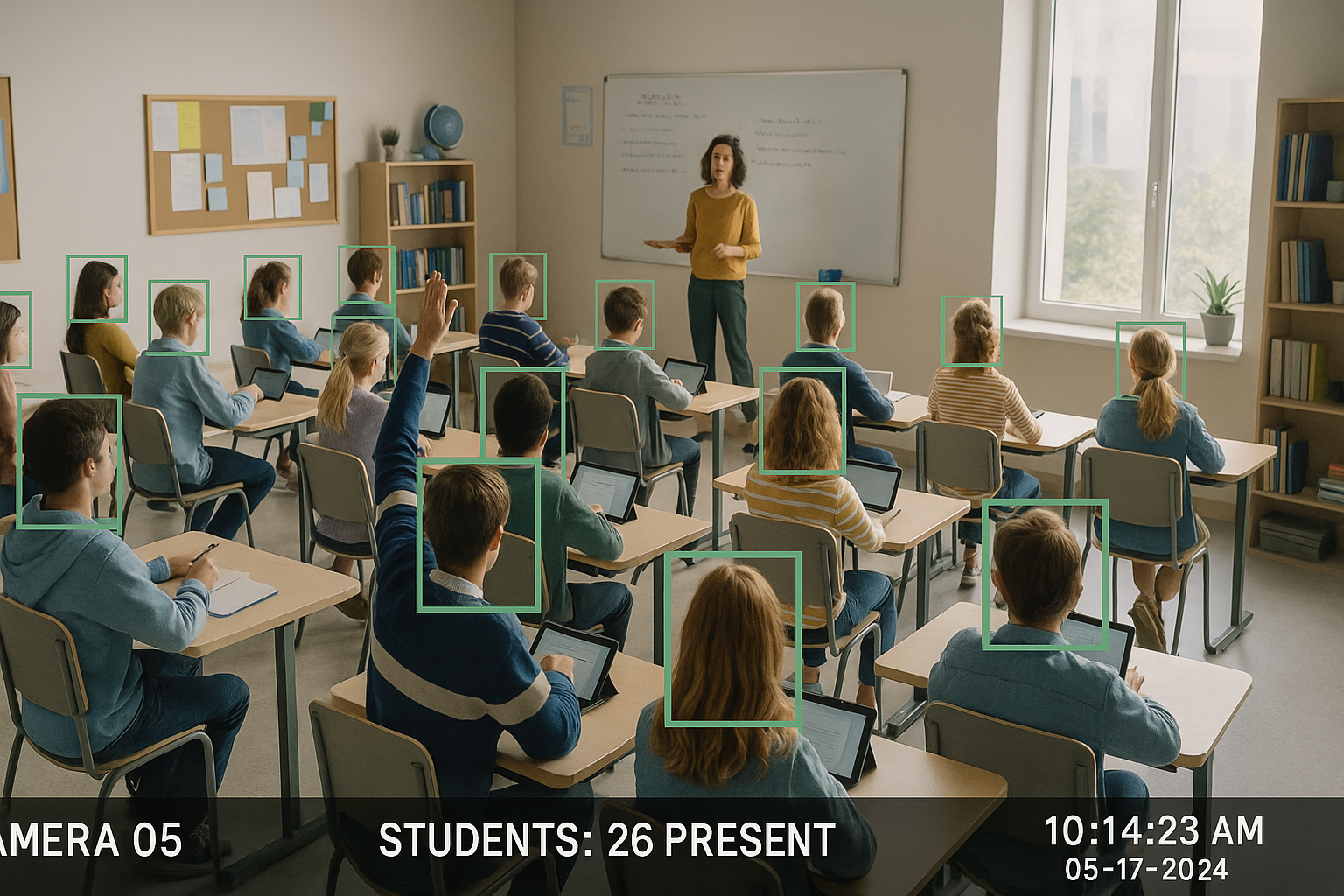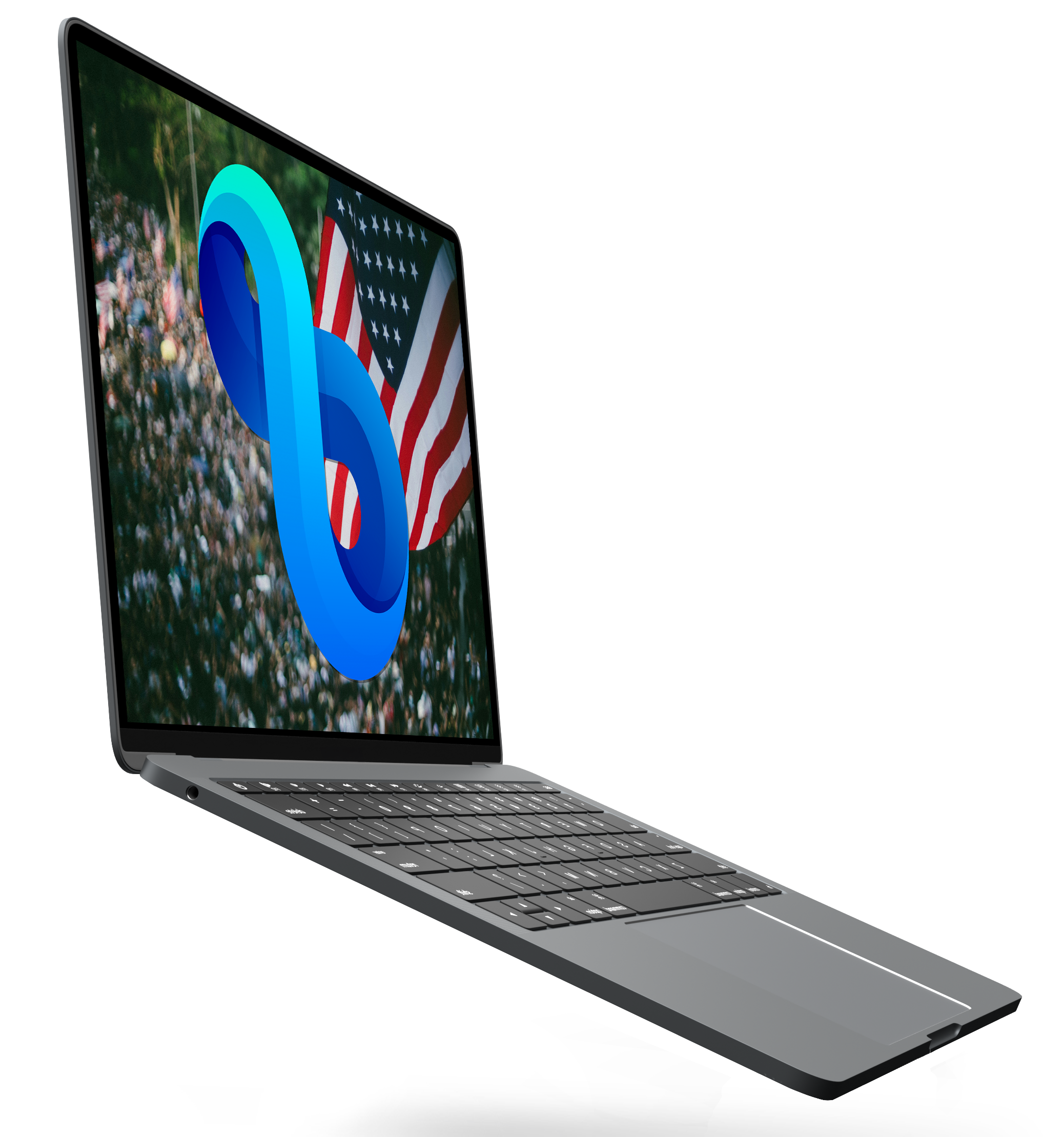Innth AI Pricing Framework
We provision GPU-enabled servers with vetted cloud providers, deploy and tune the AI, and pass the raw infrastructure costs straight through to you—no markup, no bundles you don’t need.
Your bill shows the provider’s compute/storage/network line items exactly as they are.

%
Simple, Transparent Pricing
You pay actual cloud GPU costs, plus a flat 30% for our setup, monitoring, and compliance.
Enterprise-Grade GPU Infrastructure, Vendor Neutral

We deploy your AI on GPU servers from the most reputable cloud providers—selected against strict criteria for security certifications, physical/data center controls, and audited compliance. Every host is evaluated for encryption at rest/in transit, access governance, and incident response maturity before it makes our list.
Apart from those hard security requirements, we’re vendor neutral. We compare performance-per-dollar, regional availability, and support SLAs to choose the most cost-effective option for your workload. As needs change, we can migrate or multi-home across providers without locking you in.
We manage the full lifecycle—provisioning, hardening, patching, monitoring, and capacity planning—so you get reliable VRAM where and when you need it. The result is secure, high-performance GPU compute with predictable costs and no provider bias.
Built for your goals, trained on your space, tuned to your urgency.
No two sites are the same. We design a dedicated pipeline for your exact use case—selecting models, sensors, and workflows based on what you need to detect, how fast you need to know, and how large/complex your facility is. The system is trained on your environment so “normal” activity is understood and meaningful anomalies stand out immediately.
AI Pipelines Tailored to Your Environment
We balance scan frequency, VRAM requirements, and network paths (edge vs. cloud) to hit your response targets without wasting resources. High-risk zones get higher priority and tighter thresholds; routine areas run on scheduled or lower-cost passes. The result is a right-sized pipeline that meets your objectives today and scales smoothly as your needs grow.
Lean vs. Heavy: The Two Core Pipeline Types
Lean pipelines are lightweight, GPU-efficient, and built for high-frequency, repetitive tasks: weapon spotting at entrances, door-state checks, people/vehicle counts, and basic face/plate matches. They run in milliseconds, conserve VRAM, and deliver rapid yes/no answers that keep your perimeter tight without slowing the system down.
Heavy pipelines add LLM-driven reasoning to interpret context—linking events across cameras, reconciling conflicting signals, and drafting richer incident packets. They take longer and cost more GPU/CPU to run, but they “think” about the situation, improving accuracy on complex edge cases and post-event analysis.
Designed to work together
Both are essential. We work with you to place Lean checks where speed matters most, and trigger Heavy analysis only when confidence is low or stakes are high. The result is a tailored pipeline that hits your objectives with the least compute, the fewest false alarms, and the fastest time to action
Plan by total analysis FPS, then allocate across your camera count.
Determining Capacity Requiernments: Frames per Second × Cameras
Smaller Locations
Suitable for many office enviornments- Monitors small sites smoothly — about 5 cameras in real-time (30 frames/sec) or ~10 at a lighter 15 frames/sec
- Scans only when something moves; still watches for people after hours in restricted areas
- Fast weapon alerts (typically under a second) using a “3 of 7 frames” confidence check
- Basic suspect tracking with a map pin, last photo, and “entered/exited area” notices
- Quick headcounts by area every 20–60 seconds to gauge crowd size
- Helpful extras: muzzle-flash spotting and an automatic shot counter
Medium Sized Locations
Scalable to fit most situations- Great for mid-size locations — roughly 10 cameras at 30 frames/sec or ~20 at 15 frames/sec (up to ~30 at 10)
- Bursts to high speed on suspicious cameras without slowing the rest
- Smarter hand-offs between cameras so a suspect’s dot follows them across corridors
- Runs extra safety checks in parallel (muzzle flash, fire/smoke, chokepoints) with minimal slowdown
- Faster “person-down” sweeps near danger zones, double-checked by two cameras when possible
- Adaptive headcounts: faster updates near the incident, slower elsewhere, plus full after-hours monitoring
Large Environments
Scalable to cover any size- Built for large campuses — about 26 cameras at 30 frames/sec, ~53 at 15, ~80 at 10, or ~160 at 5
- Can zoom in on suspects with higher-resolution passes while keeping baseline coverage steady
- Runs many helpers at once (weapon-type by sound and video, fire/smoke, door/gate status)
- Live route guidance for responders, refreshed every few seconds as the situation changes
- More accurate shot mapping using multiple microphone arrays plus video confirmation
- Longer buffers and richer snapshots for auditing and reviews without memory pressure







